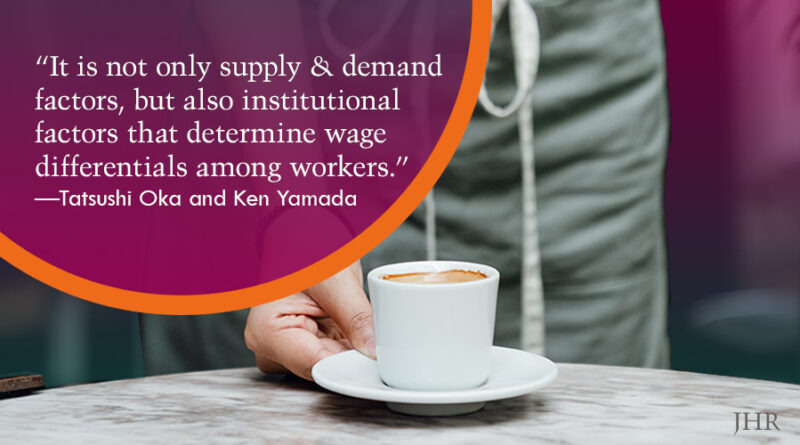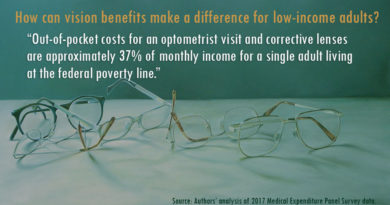Does the Minimum Wage Reduce Between- and Within-Group Inequality?
The minimum wage has been introduced and expanded in many countries to lift the wages of the lowest paid workers. In the United States, most of the lowest paid workers are either less educated, young, or female. In light of this, Tatsushi Oka and Ken Yamada examined the extent to which the minimum wage influences the wage differential among workers with different observed characteristics (i.e., years of completed education, years of work experience, and gender) and the wage differential among workers with the same observed characteristics.
Both between- and within-group wage differentials have changed over recent decades. The sources of changes in between-group wage differentials are typically considered to be changes in technology, workforce composition, and gender discrimination. Meanwhile, the sources of changes in within-group wage differentials are less understood.
Oka and Yamada show how a rise in the minimum wage (deflated by the price index) over recent decades has not only raised the lowest level of wages but also weakened the relationship of wages with education, experience, and gender in the United States. The impact of the minimum wage was greatest for workers who earn at the minimum wage, but it also affected those who earn slightly above the minimum wage.
Since the late 1980s, an increase in the wage premium to education and experience was smaller for lower-paid workers than higher-paid workers, while a decrease in the gender wage gap was similar between lower-paid and higher-paid workers. At the same time, the within-group wage differential declined among workers with the lower level of education and experience. Oka and Yamada find that the differences and similarities of changes in the education, experience, and gender wage differentials between lower-paid and higher-paid workers are partially attributable to a rise in the minimum wage, and the decline in within-group wage differential is mostly attributable to a rise in the minimum wage.
Their findings suggest that the impact of the minimum wage needs to be taken into account when we attempt to explain the observed patterns of changes in between- and within-group wage differentials.
Read the study in the Journal of Human Resources: “Heterogeneous Impact of the Minimum Wage: Implications for Changes in Between- and Within-Group Inequality,” by Tatsushi Oka and Ken Yamada.
***
Tatsushi Oka is an associate professor of econometrics and business statistics at Monash University. Ken Yamada is a professor of economics at Kyoto University.



